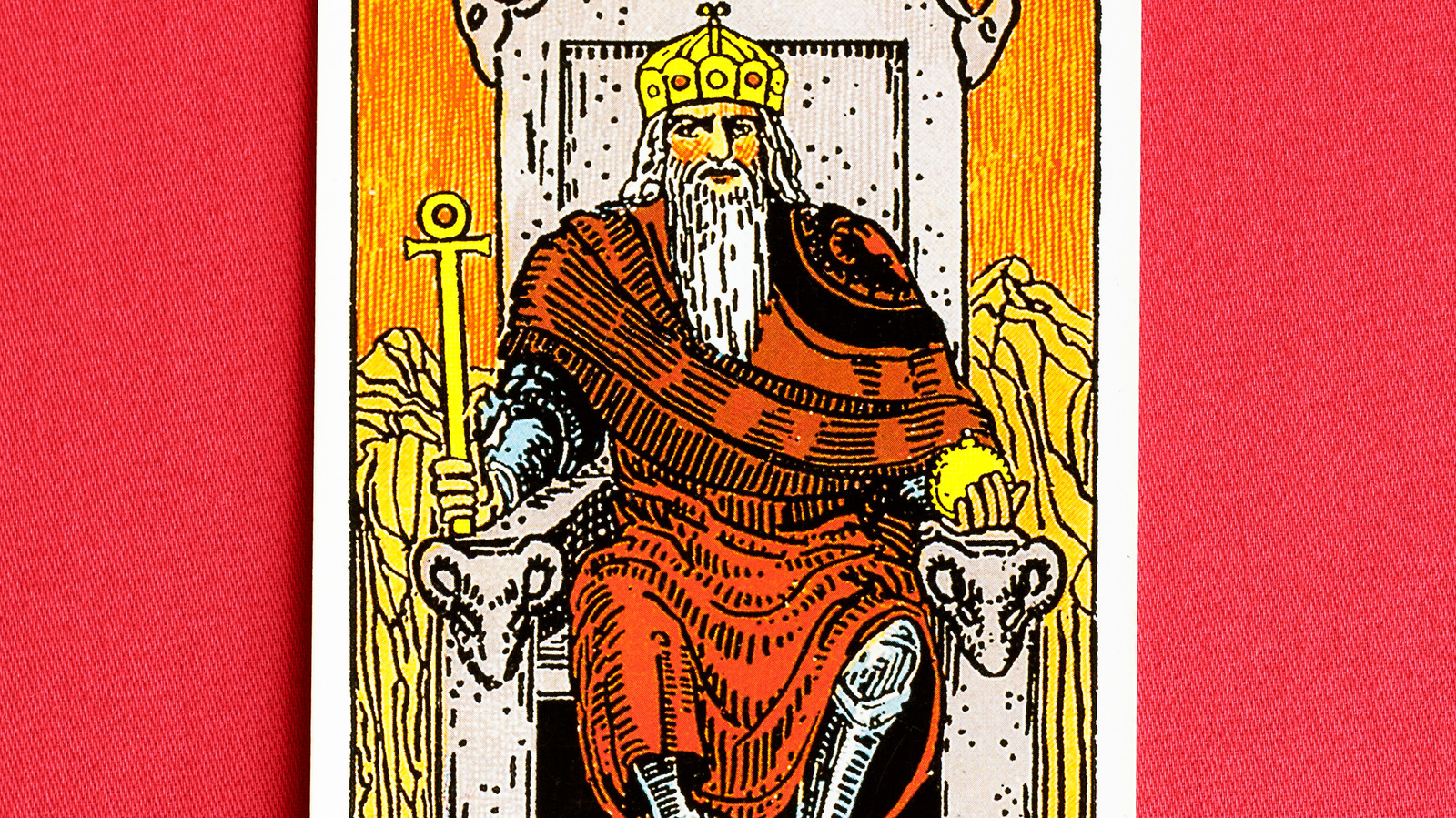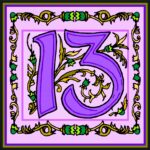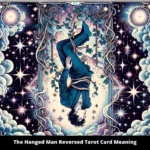The Tarot deck is a profound anthology of symbols and archetypes, each card serving as a portal to intrinsic truths and self-discovery. Among these 78 cards lies The Emperor—a powerful figure often overlooked yet brimming with meaning and significance. What does The Emperor truly represent in the vast tapestry of Tarot? What challenges might his presence evoke? Let’s embark on a journey to dissect the essence of The Emperor card and unravel the complexities of its interpretation.
1. The Archetype of Authority
At first glance, The Emperor is the quintessential symbol of authority, embodying the principles of law, order, and structured governance. Dressed in rich robes, often depicted seated on a grand throne, this card radiates the energy of control and leadership. The Emperor is emblematic of the father figure—the protector and provider who establishes boundaries and sustains the family unit. This archetype invites one to ponder: are you embracing your own authority, or are you subservient to external powers?
2. The Foundations of Stability
In the Tarot, The Emperor signifies a solid foundation on which to build. He stands for stability, discipline, and reliability—qualities necessary for successful ventures. With his unwavering grip on his scepter, he urges individuals to assess their lives: have you laid the necessary groundwork for your aspirations? This card challenges us to evaluate where our structures and practices may require reinforcement. Is your foundation as steadfast as it should be?
3. The Principle of Structure and Order
The Emperor’s influence extends beyond mere authority; it also encapsulates the importance of structure and order in one’s life. He serves as a constant reminder that chaos, while sometimes invigorating, necessitates the balance of discipline to achieve sustainable growth. Encountering The Emperor can prompt an introspective examination: what areas of your life require a more organized approach? Whether it be your personal life, work, or creative pursuits, establishing order can lead to monumental transformation.
4. The Duality of Control
While The Emperor is often celebrated as a beacon of strength and assurance, there exists a subtler undertone—control. His presence may signify an overbearing or oppressive force in one’s life, leading to the question, are you in control, or is control wielding you? The challenge lies in discerning healthy authority from authoritarianism. Reflect on whether you exert control in constructive ways, or if your regulatory tendencies impede your personal liberty and growth.
5. Bridging the Gap between Emotion and Logic
The Emperor is emblematic of the harmonious dichotomy between emotion and logic. As a ruling figure, he aligns with rational decision-making and strategic planning. However, in the world of Tarot, harnessing the power of your intuition is equally crucial. The challenge there is to cultivate a balance: while The Emperor inspires intellectual thought, do not forsake the nurturing energy of the Empress—a counterpart that embodies compassion, creativity, and emotional intelligence. Are you allowing both energies to coexist within your decision-making processes?
6. Leadership and Responsibility
Leadership, in its purest form, is multifaceted. The Emperor embodies a leader’s responsibilities, encompassing both the burden of decision-making and the necessity of accountability. His essence nudges us to recognize that leadership is not only about guiding others but also about shouldering the consequences of our decisions. When faced with The Emperor in a reading, consider how you embrace your leadership role. Are you leading by example? Are you fair and just in your dealings, or do your actions reflect self-serving tendencies?
7. The Journey of Self-Mastery
The presence of The Emperor also signifies a personal quest for self-mastery. The card often emerges during phases of self-discovery, guiding individuals toward acknowledging their strengths and weaknesses. His challenge lies in the introspective journey to reclaim one’s personal power. This introspection compels you to ask: where do you exert control over your life, and what requires relinquishing for greater freedom? The path of self-mastery is transformative, demanding rigorous self-evaluation and resilience.
8. Confronting Personal Challenges
As with any archetype in the Tarot, The Emperor also poses the potential for obstacles. His rigid adherence to structure may deter spontaneity and creativity if taken to an extreme. Moreover, he challenges you to confront the personal challenges that bedevil you: are you being too stubborn, creating walls rather than avenues for growth? The Emperor begs for reflection on instances where assertiveness morphs into aggression or control devolves into domination.
9. Reimagining Power Dynamics
In contemporary contexts, The Emperor invites scrutiny of power dynamics and authority structures within society. How do these dynamics manifest in relationships, workplaces, or communities? The card calls for a re-evaluation of power—do you wield it with compassion, or do you find yourself caught in cycles of control and manipulation? Recognizing the ethical implications of leadership is crucial to understanding The Emperor’s broader relevance in the socio-cultural landscape.
Conclusion: Embracing The Emperor’s Wisdom
The Emperor card in Tarot is an emblematic force that encourages a multifaceted examination of power, authority, and structure in our lives. Through his lens, we are invited to explore personal responsibility, emotional intelligence, and the nature of our leadership styles. The challenge presented by The Emperor is one of balance and self-discovery—balancing control with freedom, authority with benevolence. In embracing the wisdom imparted by this archetype, we embark on a transformative journey toward self-awareness and mastery, fortifying our foundations for an empowered future.









Leave a Comment